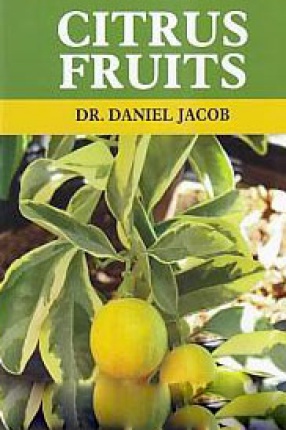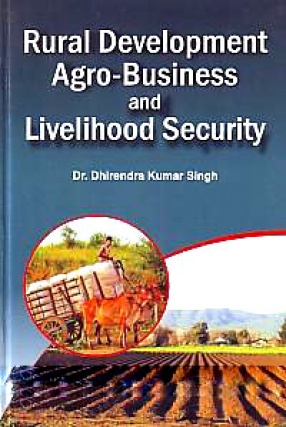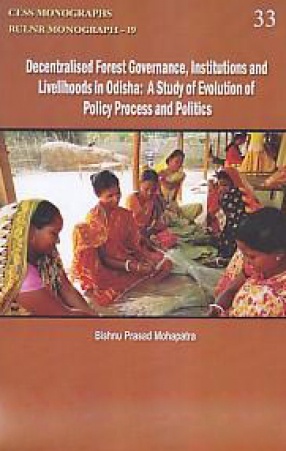This work is essentially an experience in the economics of agricultural development in a developing economy. The system of land tenure is a crucial factor in determining the allocation of resources in the agricultural sector and if these resources are not efficiency allocated, the growth potentials of the economy cannot be fully utilized. Agricultural development essentially determines the overall rale of development of the economy on it depends its structural transformation which changes fundamentially the structure of output and employment and it is a crucial determinant of the rate of industrial development . Agricultural development produces interaction effects in terms of production linkages, transfer of resources and the impact of demand for industrial products which serve as inputs for agriculture Agricultural Development will contribute to the increase of exports and thus enables the imports of essential capital, technology and raw materials for industry. In the Indian economy, the phenomenal growth of agricultural output achieved in recent years is largely a result of the biological-chemical aspect of technology, though in some regions of the country , there has been the use of highly improved agricultural implements also such as tractors, harvesters etc. But inspite of various attempts at land reforms through legislative measures in terms of the abolition of the intermediaries. In the fixation of ceiling on land ownership and provision of proprietory rights to tenants and share croppers, the organisational change has not change has not been completed and there still exists the system of tenancy, share-cropping and rack-renting in various parts of the country either in an open or concealed form and a number of studies have revealed that the system has been intensified in a number of states after the Green Revolution. Had the process of land reforms been completed, the dimensions of the Green Revolution would have been much wider in scope as it would have covered a much larger part of the country and would have brought under its purview all types of farms and farmers. The present study in an attempt to assess quantitatively the use of resources by peasant proprietor and tenants and to analyses the comparative efficiency in the use of the farm resources by the two types of farmers. In doing so the study has attempt to relate the use of resources to the different size-groups of farmers in both the categories. Apart from measuring factor productivity and cropping intensity on the various types of farms, the study has also measured the input-output ratios and marginal productivities of factor to evaluate the comparative efficiency in the use of farm resources under different tenurial systems. The estimates of marginal productivities and the tests of significance have revealed the except that of material capital, the marginal productivities are significantly higher on the ownership farms. The study, therefore, suggests that to optimize the use of resources in the farm sector. It is necessary to complete the process depends the structural transformation of the economy and its capacity to achieve a satisfactory rate of growth of farm output.
Citrus Fruits
$86.40
$96.00





There are no reviews yet.